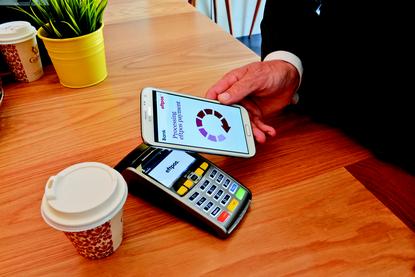Contactless payments to replace PIN cards by 2020
- 20 August, 2014 13:33

Day-to-day transactions will mostly be done using contactless payment technologies by 2020, replacing credit or debit cards that require a PIN, market research firm IBISWorld has predicted.
“In the coming years, contactless payments and paying using a mobile phone will begin to replace the standardised plastic cards we've widely used since the 1980s,” IBISWorld Australia’s general manager, Dan Ruthven, said in a statement.
"The prospects for credit cards and debit cards are rosy, although contactless payments are taking over from traditional PIN transactions for purchases of less than $100.”
The research firm also found online services are driving the decline of bank branches. During 2012-13, bank, credit union and building society branches dropped by 130, which means there is one branch for every 3,558 Australians.
IBISWorld expects this decline to continue to one branch for every 3,847 Australians by 2019-20.
Banks’ greatest competitors may not be other banks in the future, as more non-traditional players enter the market and offer new innovative payment options, the research firm said.
“Coles' impending foray into personal loans could be indicative of things to come as supermarkets, airlines and department stores attempt to muscle in on the market,” Ruthven said.
"There's little standing in the way of non-traditional firms entering the retail banking sector. Improving technology, centralised contact points and the reduced use of branches are the main factors driving new companies into the uncharted waters of retail banking."
Follow CIO Australia on Twitter and Like us on Facebook… Twitter: @CIO_Australia, Facebook: CIO Australia, or take part in the CIO conversation on LinkedIn: CIO Australia

